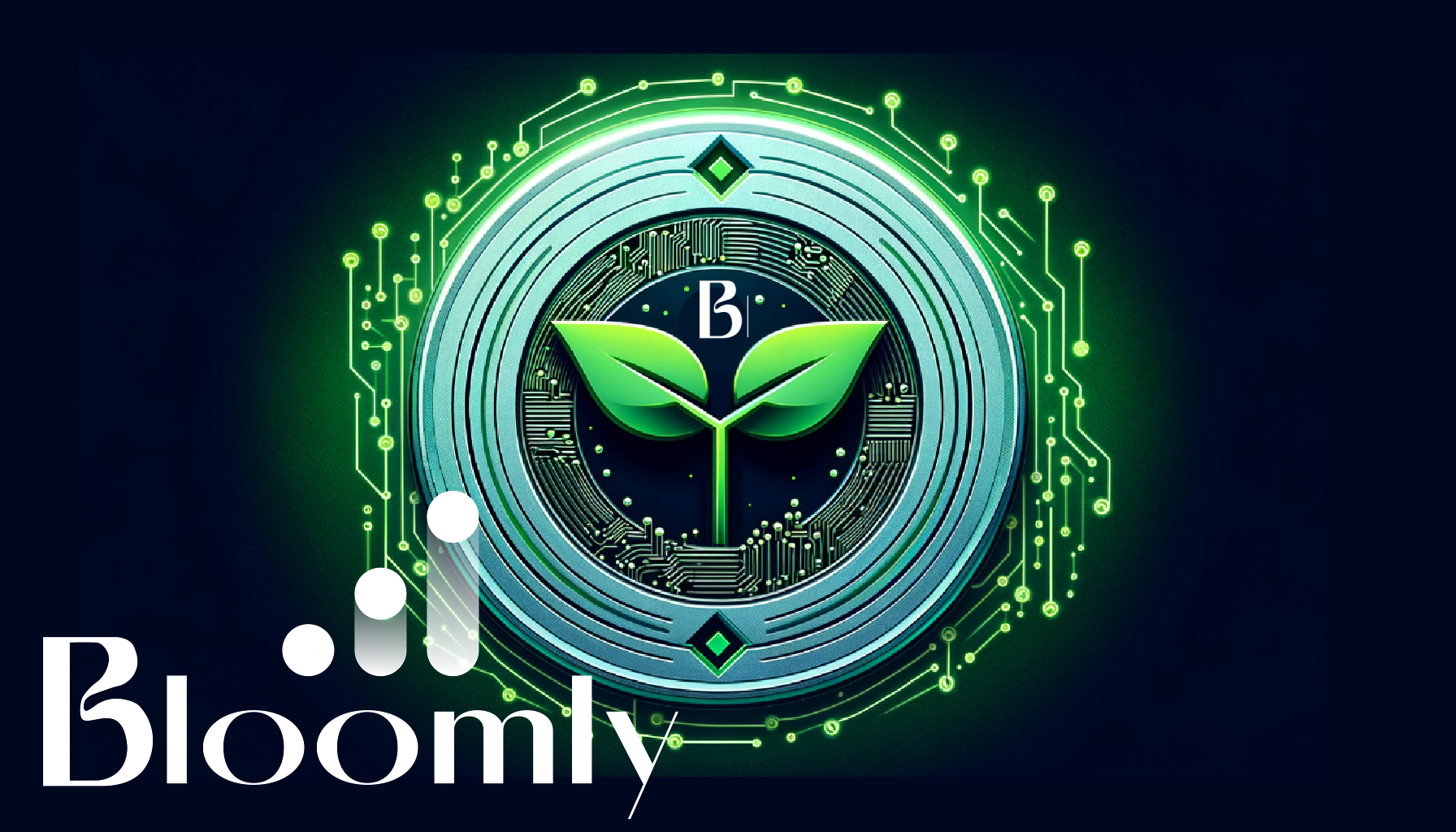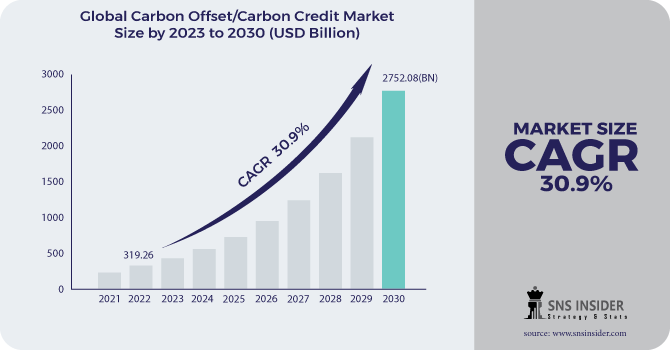
In the realm of environmental conservation, Panama stands out for its extensive mangrove forests, which play a crucial role in the global fight against climate change. These mangroves, particularly in areas like Panama Bay and Parita Bay, are not only vital for local biodiversity but also serve as significant carbon sinks. Despite covering only a fraction of the global land area, mangrove ecosystems globally may store carbon equivalent to about four times the United States’ 2020 emissions. However, over half of Panama’s mangroves have been lost since the 1970s, primarily due to development and industrial activities. Recognizing the critical role of these ecosystems, Panama has embarked on initiatives to protect, manage, and restore its mangrove forests, making the country one of the few that are carbon negative, capturing more carbon than it emits.
The global carbon credits market, valued at $2 billion in 2022, is projected to reach $143.5 billion by 2032, growing at a CAGR of 30.9% from 2023 to 2032. This growth underscores the expanding role of carbon credits in mitigating climate change by providing financial support to emission reduction projects. However, as the market grows, so does the potential for fraud. The Commodity Futures Trading Commission (CFTC) is intensifying efforts to combat fraud in carbon markets by encouraging whistleblowers to report manipulative practices such as “ghost” credits, double counting, and fraudulent statements regarding carbon credits. The voluntary carbon market, key to funding climate projects beyond regulatory mandates, quadrupled in value from 2020 to 2021, reaching approximately $2 billion. Despite its rapid growth, the market faces challenges like the need for more transparency, standardization, and accountability to ensure the integrity of carbon credits.

The introduction of blockchain technology and Non-Fungible Tokens (NFTs) into environmental initiatives, specifically in the carbon credit market, offers a groundbreaking solution to the challenges of fraud, lack of transparency, and inefficiencies in project validation and trading. Blockchain’s decentralized and immutable ledger system provides enhanced security and transparency, which are crucial in mitigating fraud and ensuring the quality of environmental projects like mangrove conservation. The World Economic Forum has reported that blockchain’s application in environmental initiatives could lead to a 5–10% increase in trade efficiency by reducing costs and boosting transparency.
NFTs, a blockchain-based innovation, are transforming the carbon credit market by tokenizing carbon credits, making them unique, verifiable, and transparent digital assets. This process encapsulates comprehensive details about each credit’s origin, lifecycle, and transaction history, thus addressing critical issues such as greenwashing and double counting. By ensuring each credit’s unique identity and traceable history, NFTs counteract the risks of double counting and credit misuse, as highlighted by the Carbon Trust.
Addressing greenwashing is particularly crucial as it refers to the practice of making misleading or unsubstantiated claims about the environmental benefits of a product or service. NFTs provide verifiable and transparent information about carbon credits, ensuring their unique identity and traceable history. This capability is essential in preventing the double counting of credits and their misuse.
Despite these technological advancements, challenges persist in ensuring the legitimacy and additionality of carbon offsets. The Intergovernmental Panel on Climate Change (IPCC) emphasizes the need for rigorous verification processes and continuous monitoring to uphold the integrity and effectiveness of carbon credits.
In addressing the complexities of carbon markets, innovative companies like COIIX and Bloomly are playing a pivotal role in shaping a more sustainable and transparent future. These organizations are tackling core issues such as market fragmentation, the quality of carbon credits, and a general lack of transparency that has historically plagued these markets. COIIX, for instance, is at the forefront of introducing cutting-edge solutions that streamline the journey of a carbon project to the market. Their offerings include Digital MRV (monitoring, reporting, and verification), sourcing existing projects through their network, providing Proof of Authenticity with blockchain tracking, curating exclusive carbon credit pools at levelized pricing, and tokenizing existing credits for resale in their secondary marketplace.
In the particular context of Panama’s mangroves, the collaborative efforts of such companies harness blockchain and NFT technologies to foster conservation. By tokenizing the carbon credits derived from mangrove preservation, these innovations establish a reliable and transparent mechanism for investors and stakeholders to engage in environmental initiatives. This approach not only upholds the integrity of the carbon credits but also generates new financial avenues for local communities and conservation endeavors, thereby marrying economic incentives with environmental stewardship.
Platforms like Bloomly exemplify the practical application of blockchain and NFTs in the environmental sector. By establishing a marketplace for verifiable and transparent environmental assets, they facilitate the trading and management of carbon credits. This not only promotes investment in sustainable projects like mangrove conservation in Panama but also underlines the growing significance of technological solutions in environmental protection.
Moving forward, the collaborative efforts of companies like COIIX and Bloomly in integrating blockchain and NFTs into environmental protection strategies represent a significant stride towards addressing the existing challenges in the carbon credit market. This amalgamation of technology and environmental conservation enhances the transparency and effectiveness of such initiatives, aligning perfectly with the global endeavor to mitigate climate change and preserve critical ecosystems like Panama’s mangroves.
If you are looking for an NFT technology partner, reach out to us today!

